Hysteroscopy Surgery
Hysteroscopy surgery is a minimally invasive procedure that allows the doctor to have a view of the inside of your uterus.
How is hysteroscopy procedure done?
The procedure is most commonly carried out in the operating room.
During the hysteroscopy procedure, the doctor will guide a thin long and lighted tube into your uterus. A camera or a scope will be attached at the end of the tube. This scope will allow the doctor to view the inside of your uterus to make a diagnosis.
Most times, hysteroscopy will be recommended if you are experiencing abnormal bleeding from the vagina. The procedure aims to help the doctor find the cause and possible treatment for the abnormal bleeding. As such, a hysteroscopy may be diagnostic or operative.
Diagnostic hysteroscopy
Diagnostic hysteroscopy is used by doctors to find problems with the uterus. As such, if you are having uterus-related problems like abnormal bleeding, bleeding after menopause or if your doctor discovers abnormal endometrial cells while carrying out a routine test for cervical cancer, a hysteroscopy may be requested to help further the doctor find the underlying causes of the anomaly.
To find the cause, your doctor will need to collect a sample from the uterus with the help of the hysteroscopy and then send the sample to the laboratory for analysis. Most times, the lab test will check for uterine cancer, uterine polyps or endometrial hyperplasia. You may experience bleeding after hysterescopy so it is best to wear a pad following the procedure.
Operative hysteroscopy
Operative hysteroscopy is used to correct an abnormal condition that may have been diagnosed during the diagnostic hysteroscopy.
Most times, both procedures are carried out simultaneously to avoid the need for a repeat procedure after the initial diagnostic hysteroscopy.
Hysterescopy D&C
Hysteroscopy dilation and curettage, also known as hysterescopy D&C is a surgical procedure in which the cervix is dilated so that the uterine lining called the endometrium can be scraped with a spoon-shaped instrument called the curette.
Dilation and curettage are often the operative part of hysteroscopy, and it is used to correct the abnormal conditions detected during a diagnostic hysteroscopy.
It can also be performed to detect uterine cancer or the causes of infertility.
Most times, during the procedure, a curette is used to scrape the uterine line to get samples for laboratory test, but other forms of D&C often involve the use of suction. The suction device is used to draw out the content of the uterus for examination.
So, what’s next?
Hysteroscopy is a minimally invasive and low-risk surgical procedure. It is often performed under local anaesthetic. If you require any help, we’d be happy to assist you, so please contact us if you’d like to know more or book an appointment with Dr Latika Cilly.

